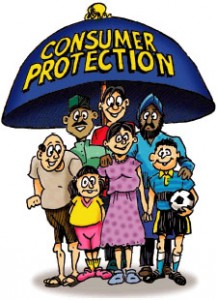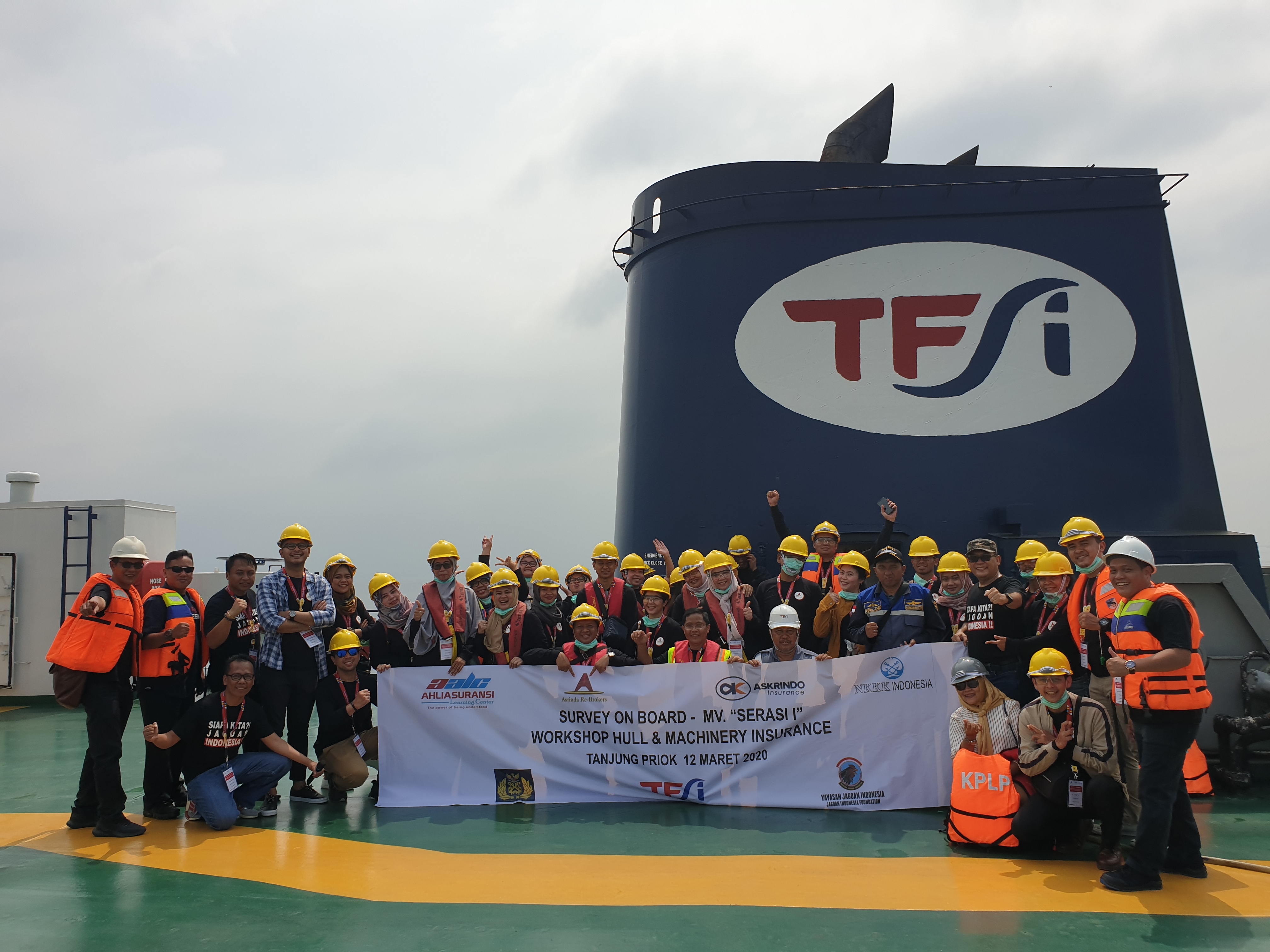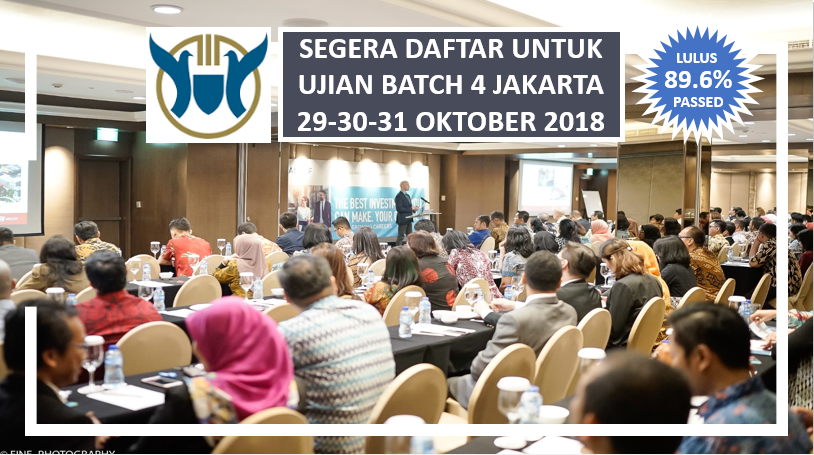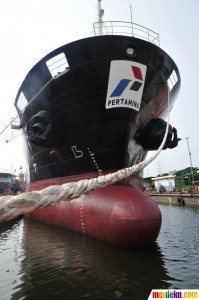Product Liability
- Thursday, April 9, 2009, 14:10
- Liability Casualty, Liability Corner
- 1 comment
Toy-makers deny responsibility
China: A two-year-old boy ran with a plastic six-centimetre nail clenched in his teeth, when he tripped and fell on his face. The nail shot down his throat and formed an air-tight plug in his trachea. Although an ambulance officer managed to dislodge it with the help of a pair of pliers, the boy was pronounced dead. The nail was part of Playskool Tool Benches sold in American retail chains – one of 20 billion toys that China exported in 2006.
But according to the Chinese toy makers, they are nqt the ones to blame. The toy nails that caused the boy’s death were produced in accordance with the specifications of a US multinational company. With the Mattel recall in . August and September 2007, of about 20 million Chinese-made toys, 90% of the toys were recalled not because of the toxic levels of lead paint, but because of dangerously designed magnets that could come loose. As in the Playskool case, it was the design that was defective, not the manufacturing.
A report from the University of Western Ontario (“Toy Recalls: Is China the Problem?”) found that 76% of recalls since 1988 are attributable to design flaws, as opposed to manufacturing defects.
Still the whole media frenzy prompted the Chinese government to impose a product safety regime to protect its own citizens-those who are injured or killed by products that are unfit for exporting
Source: The Sydney Morning Herald, 17 September 2007
Asian Casualty Report 10th Edition June 2008 – Gen Re
Toxic cough syrup kills 100 in Panama
China: A Chinese company allegedly caused the death of 365 people in Panama – 100 of them a confirmed cause of death. Taixing Glycerine Factory had substituted glycerine, which is a common ingredient in cough syrup, fever medication and other drugs, as well as in food products, with diethylene glycol, a sweet-tasting industrial solvent. Government officials had unwittingly mixed it into 260,000 bottles of cold medicine. The counterfeit glycerine had passed through several trading companies from China to Spain, and then to Panama.
False certificates that had been repeatedly altered attested the purity of the contents. Traders bought the syrup without knowing where it came from or who made it, and without testing the solution. The victims suffered from kidney failure, problems of the central nervous system, and paralysis which made breathing difficult. In the end, most of them died. Investigations revealed that neither the producer nor the Chinese exporter was supervised by China’s drug administration.
Sources: The New York Times, 9 May 2007; Straits Times, 8 May 2007; The New York Times, 6 May 2007
Asian Casualty Report 10th Edition June 2008 – Gen Re
Toy makers feel brunt of China safety swoop
China: After more than 19 million toys made in China had to be recalled in 2007 due to faulty design or stricter safety standards in other countries, the Chinese government has registered all toy producers and inspected some thousand factories that export toys in a campaign to improve product safety. In the course of this campaign, export licenses of 600 toy makers have been revoked.
Stricter supervision standards for the toy industry have been implemented that especially address smaller manufacturers. In addition, the new rules require quality inspection checks on all products – not only for toys.
Source: Shanghai Daily, 75 January 2008
Asian Casualty Report 10th Edition June 2008 – Gen Re
Nagase recalls China-made DVD players
Japan: The Japanese company Nagase initiated.a recall of about a half-million DVD players, flat-screen TVs, and digital picture frames with liquid crystal displays produced in China and imported to Japan, as.the screens might overheat and catch fire (although there have been no reported cases). The company estimates that the recall will cost about JPY14bn (USD115m). Nagase didn’t name the producer but said it would ask them to bear part of the recall costs that amount to Nagase’s profit of the past business year.
Source: Reuters News, 17 July 2007
Asian Casualty Report 10th Edition June 2008 – Gen Re
Food contamination incident in bakery outlet
Singapore: Thirty-nine PrimaDeli restaurants had to be closed in Singapore, after 109 people fell sick with salmonella poisoning in the worst food contamination incident in recent times there. First indications pointed to the hazelnut cream used in some cakes. Two of the workers in the bakery have tested positive for the same salmonella enteritidis bacteria that had been found in those hospitalized; although they had not developed symptoms. As all the cakes are baked at high temperature, this would have killed the bacteria; but hazelnut cream is not subjected to this process.
Source: Straits Times, 6 December 2007
Asian Casualty Report 10th Edition June 2008 – Gen Re
New product liability law passed
Thailand: Until recently, product liability claims in Thailand were based on their Consumer Protection Act as well as on their Civil and Commercial Code. As these laws were considered no longer adequate to protect consumers who incur damages and to deter the sale of unsafe products, in December 2007 the National Legislative Assembly passed the Product Liability Act B.E. 2551 (2008) that will become effective by 20 February 2009,
The act provides for a strict liability of the operatoroperator is defined as any person that produces, sells, outsources, or imports a defective product. A seller who cannot identify the manufacturer, outsourcer or importer, or a person who uses a trade name, trade mark or logo or shows by any other means that cause people to consider him as the producer, outsourcer or importer will be held liable like the manufacturer of the product. The operator will be liable, regardless of negligence in manufacturing or selling on his part.
The Act defines three kinds of defects – manufacturing defects (when a product deviates from its intended design or specifications); design defects (when the design renders the product unsafe for its intended use); and warning defects (when no warnings or information on the product are given, or when the warnings are not reasonable given the nature of the product or for its expected use).
The injured consumer only needs to prove that he or she suffered damage from the defective product while using it in an expected manner. He or she does not have to establish that the damage was the result of the act of any operator involved. The liability of the operator cannot be waived or limited. If the court finds an operator liable, under certain conditions, punitive damages or compensation for pain and suffering may be awarded. These kinds of damages had not been available under traditional tort or contract law.
An operator would not be held liable when he can establish that the product was not defective, that the injured consumer used the product, although he knew that it was defective, or that the damages were attributable to improper use or storage of the product. Producers of custom-made products or of component parts will not be liable, if they can prove that the defect is due to the specifications or design of the final product.
With implementation of the Act less than one year away, operators should evaluate and review their production and quality control processes. They should assess litigation risks and costs, and, above all, they should consider buying product liability insurance!
Source: Bangkok Post, 11 April 2008
Asian Casualty Report 10th Edition June 2008 – Gen Re
About the Author
One Comment on “Product Liability”
Write a Comment
Gravatars are small images that can show your personality. You can get your gravatar for free today!









Pak apa bedanya Public Liability dan Product Liability … makasih
IMAM MUSJAB: Hhm bedanya?? Public tidak menjamin product, product tidak menjamin public…product adalah goods sold tidak lagi dibawah pengawasan klien sedangkan public adalah property in care custody and control.